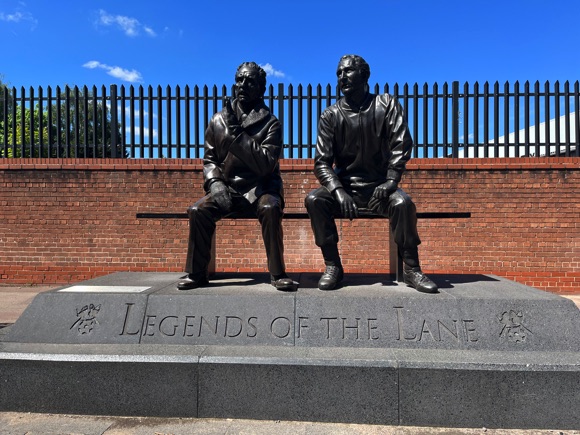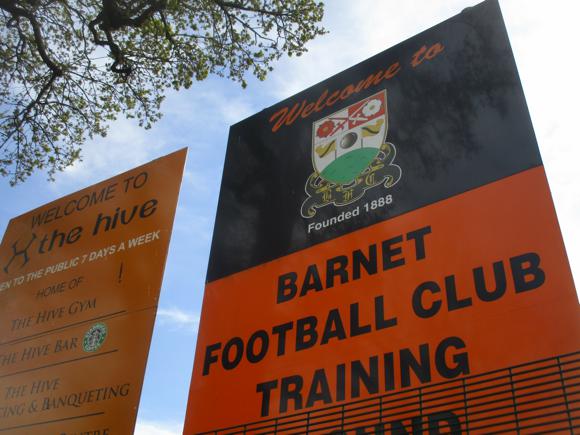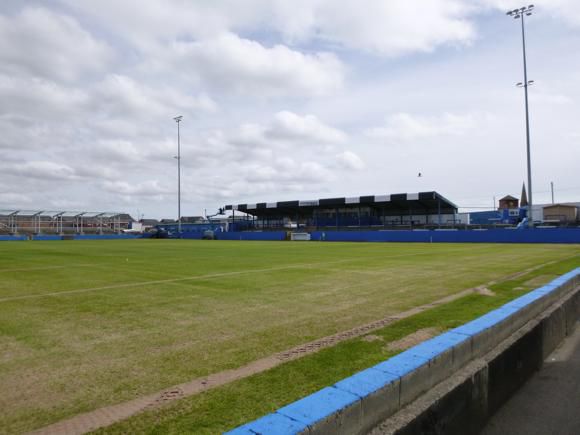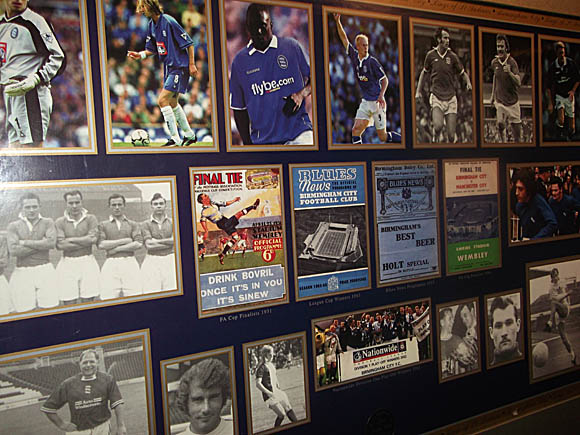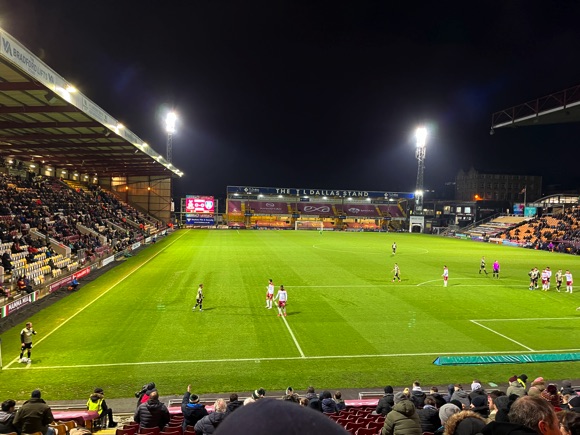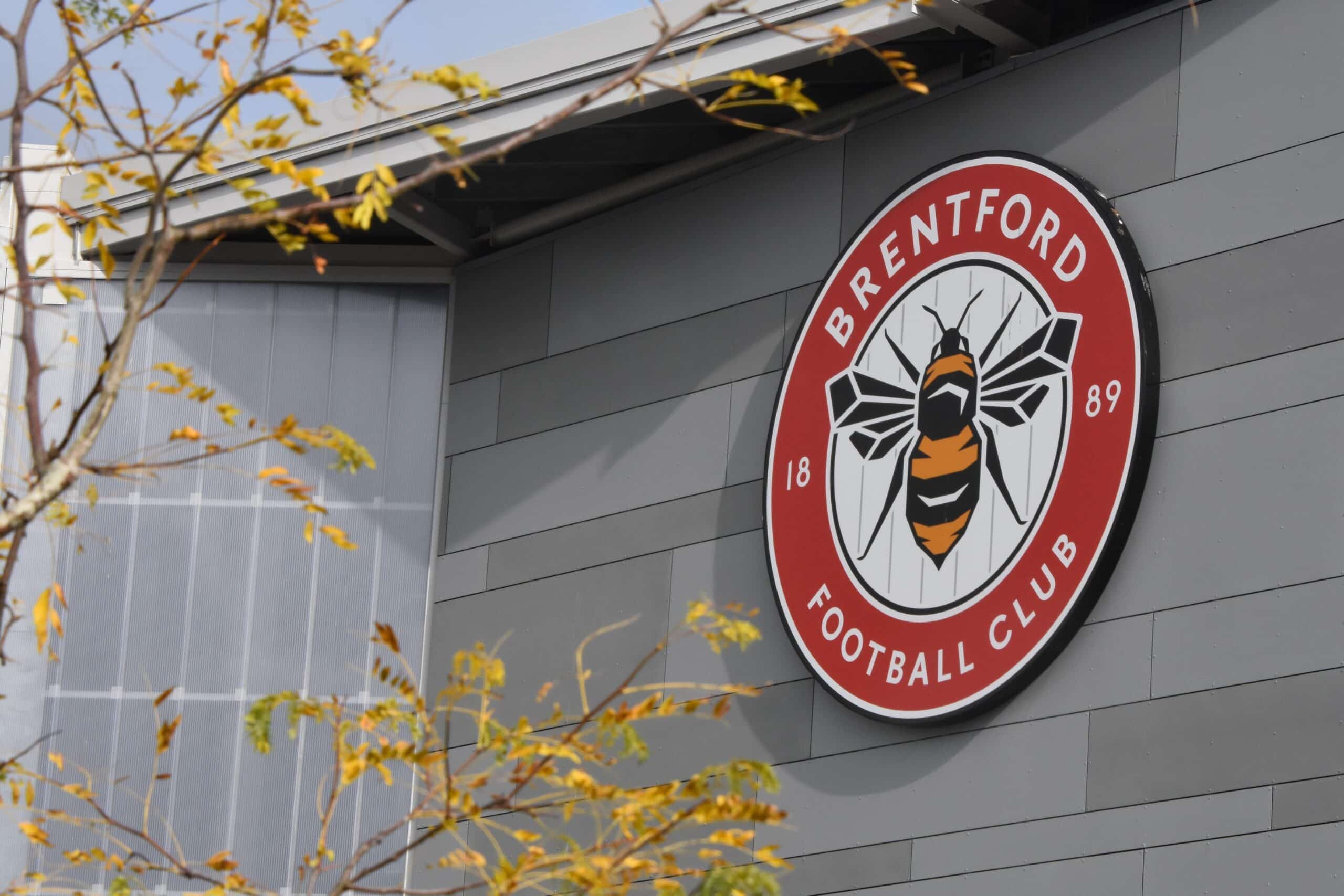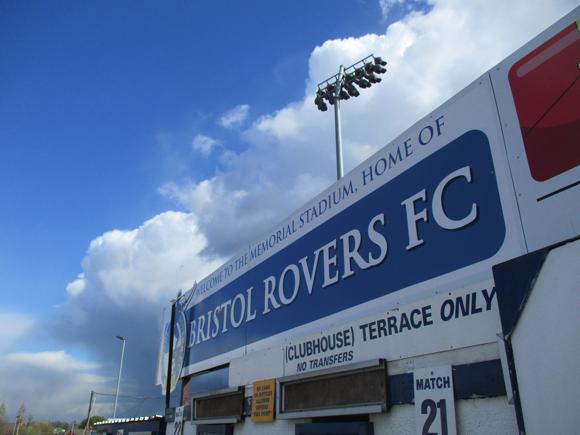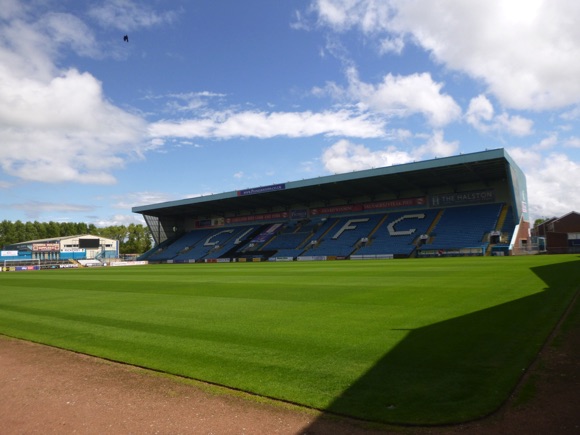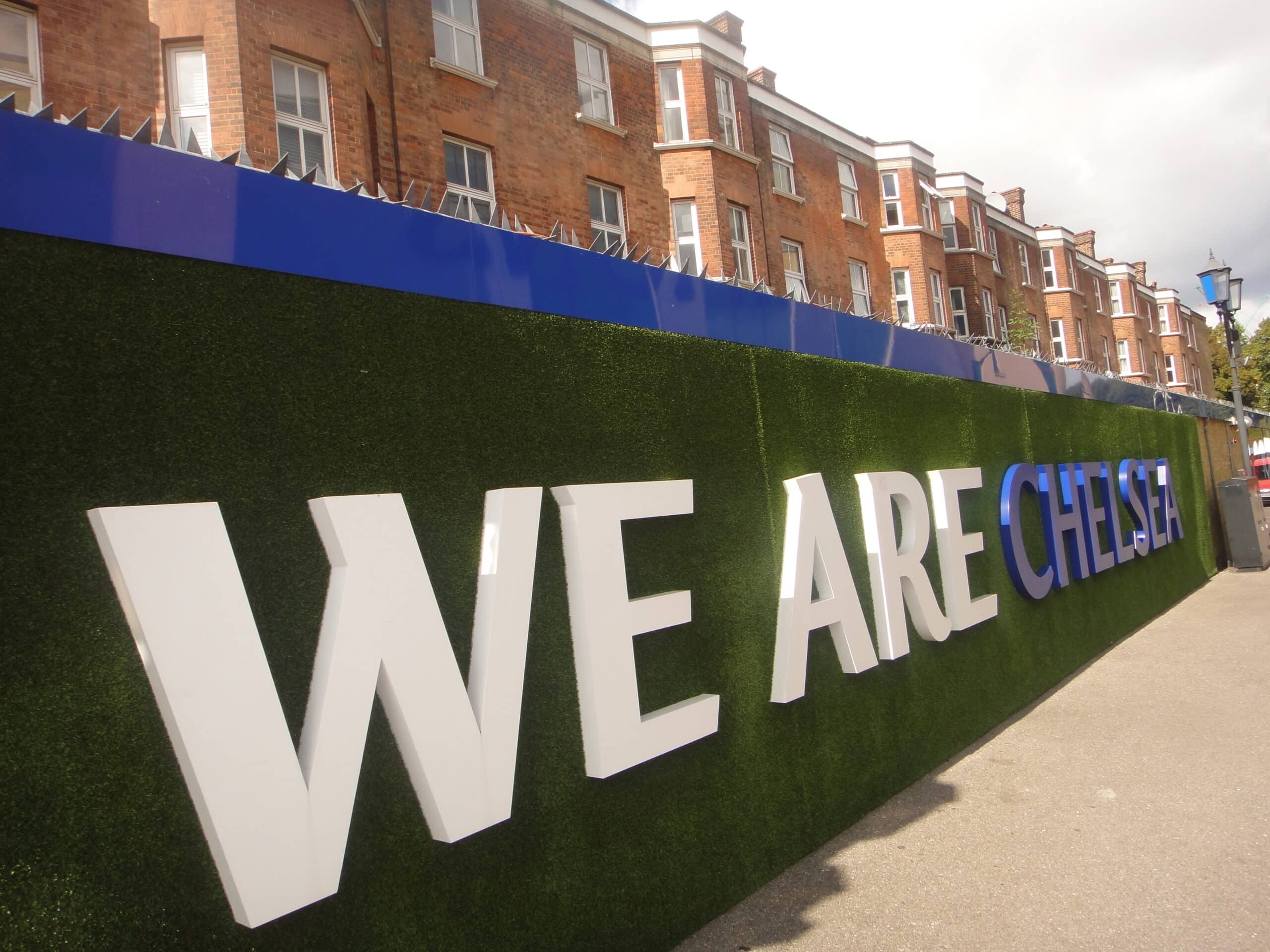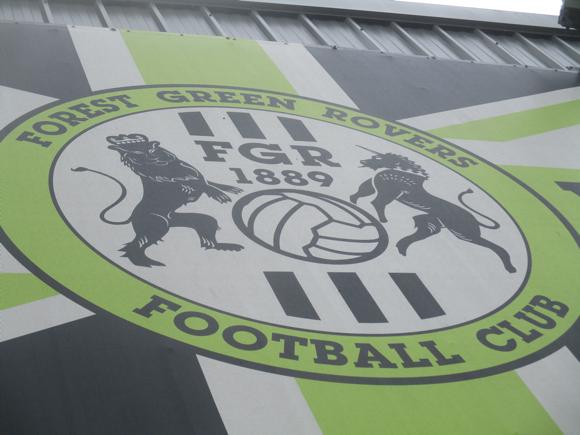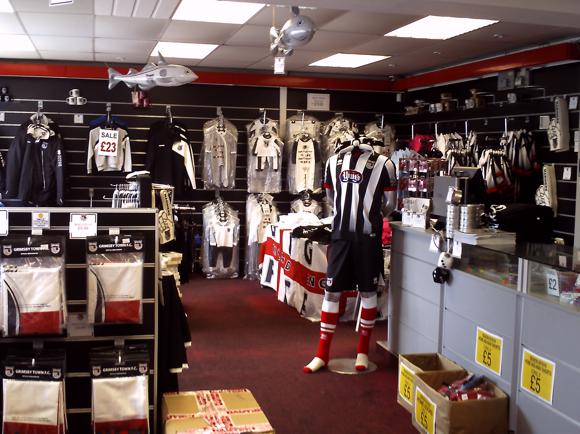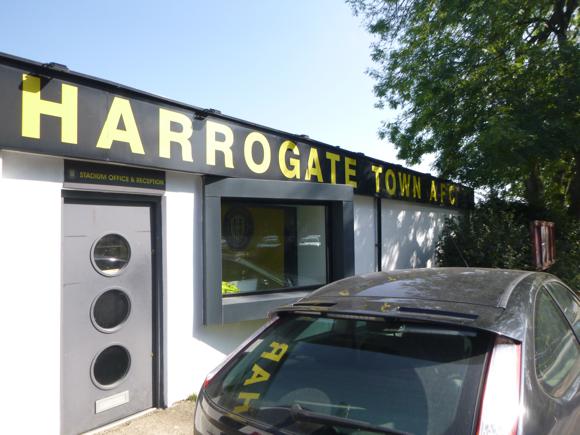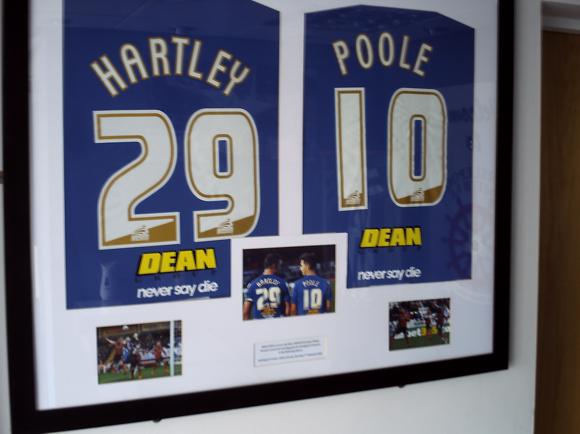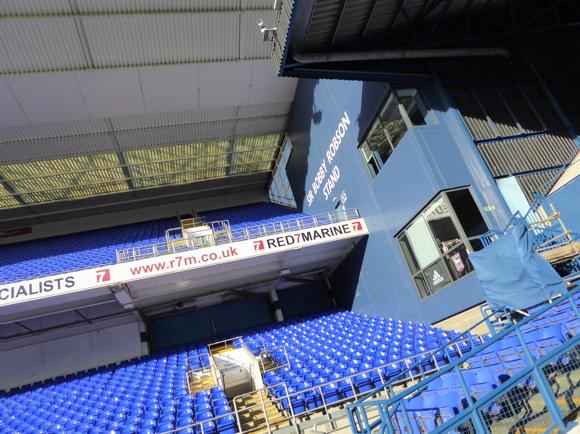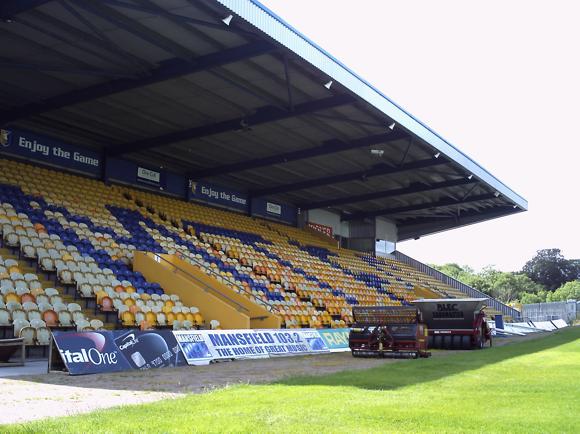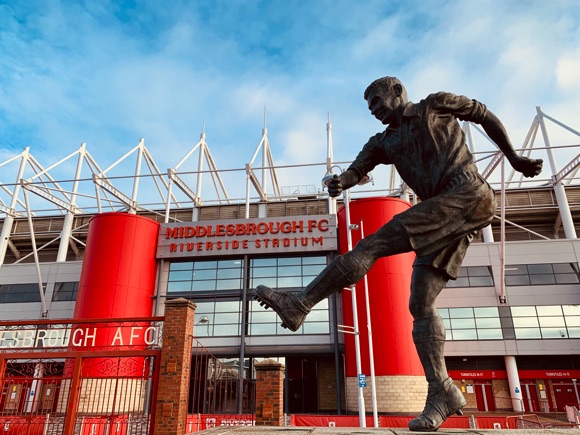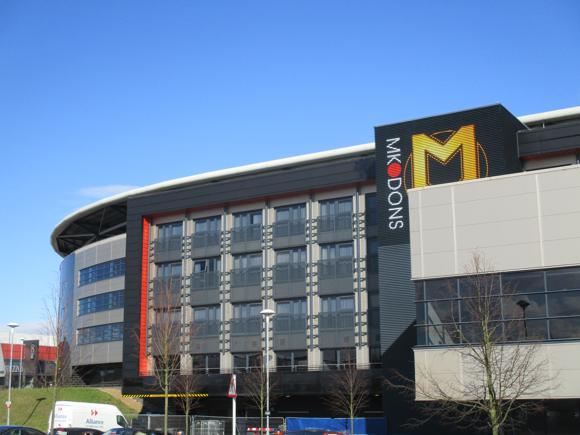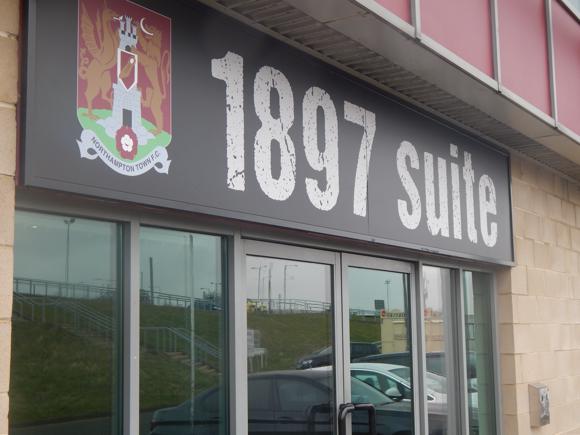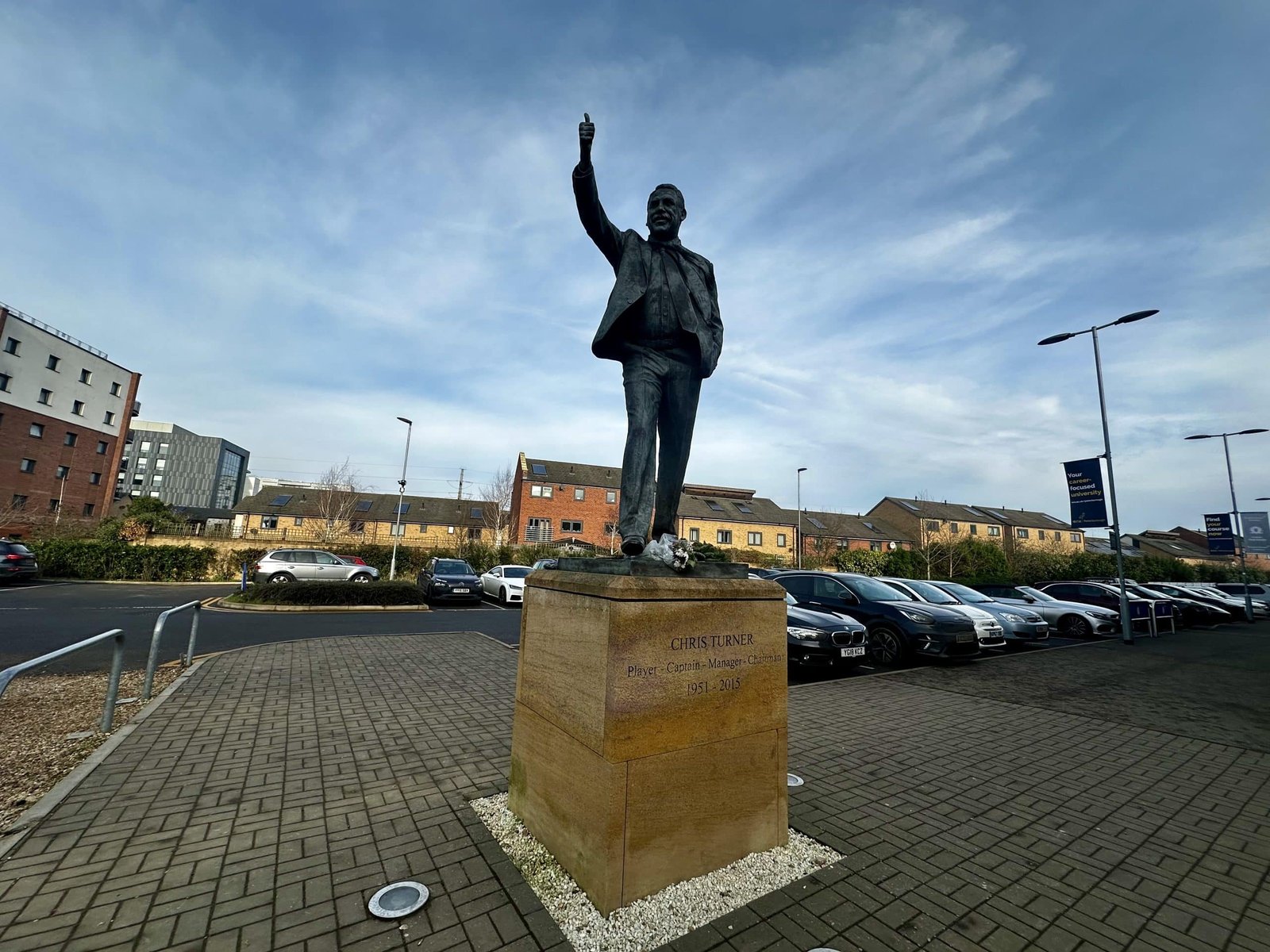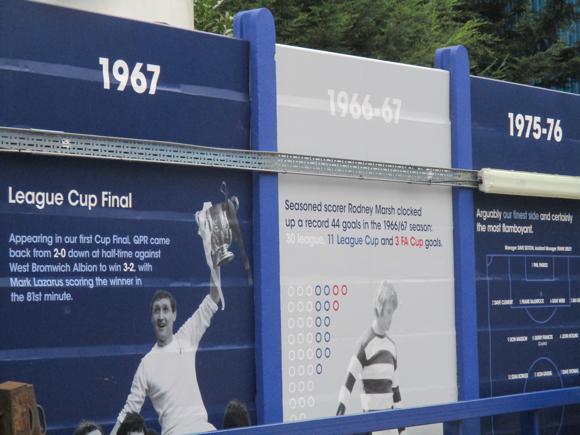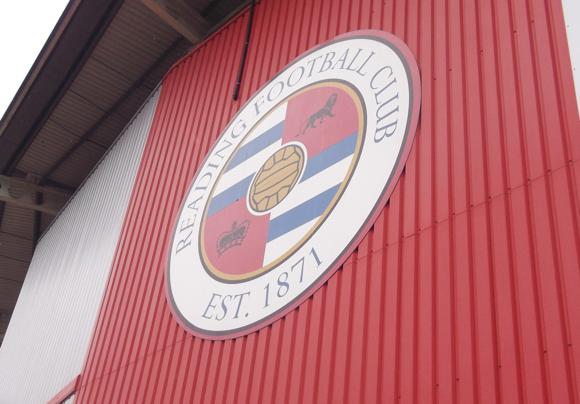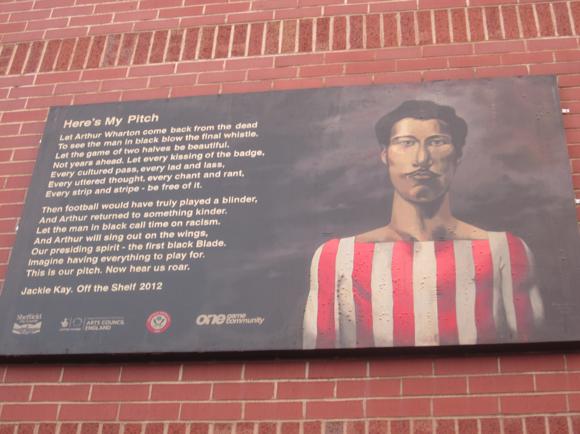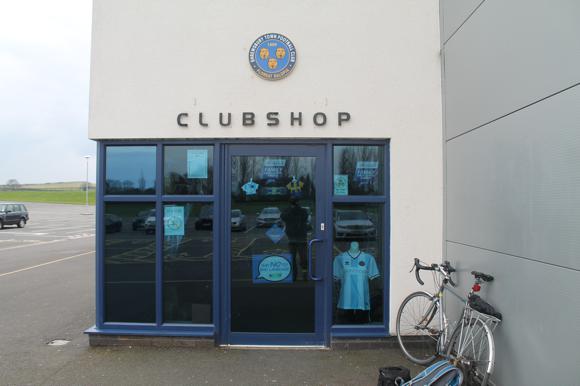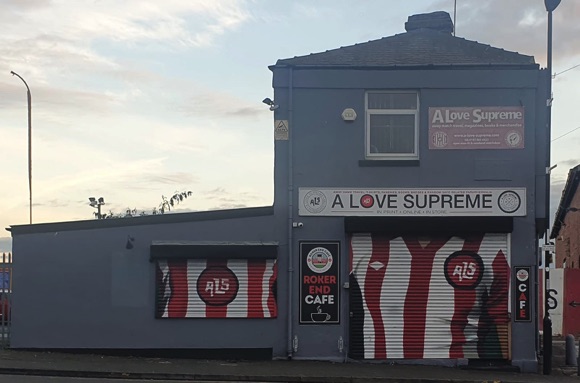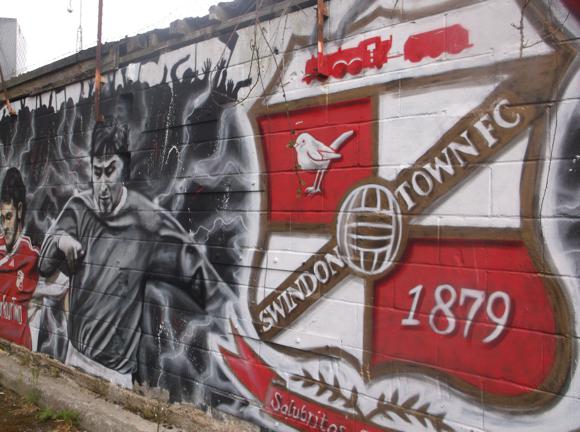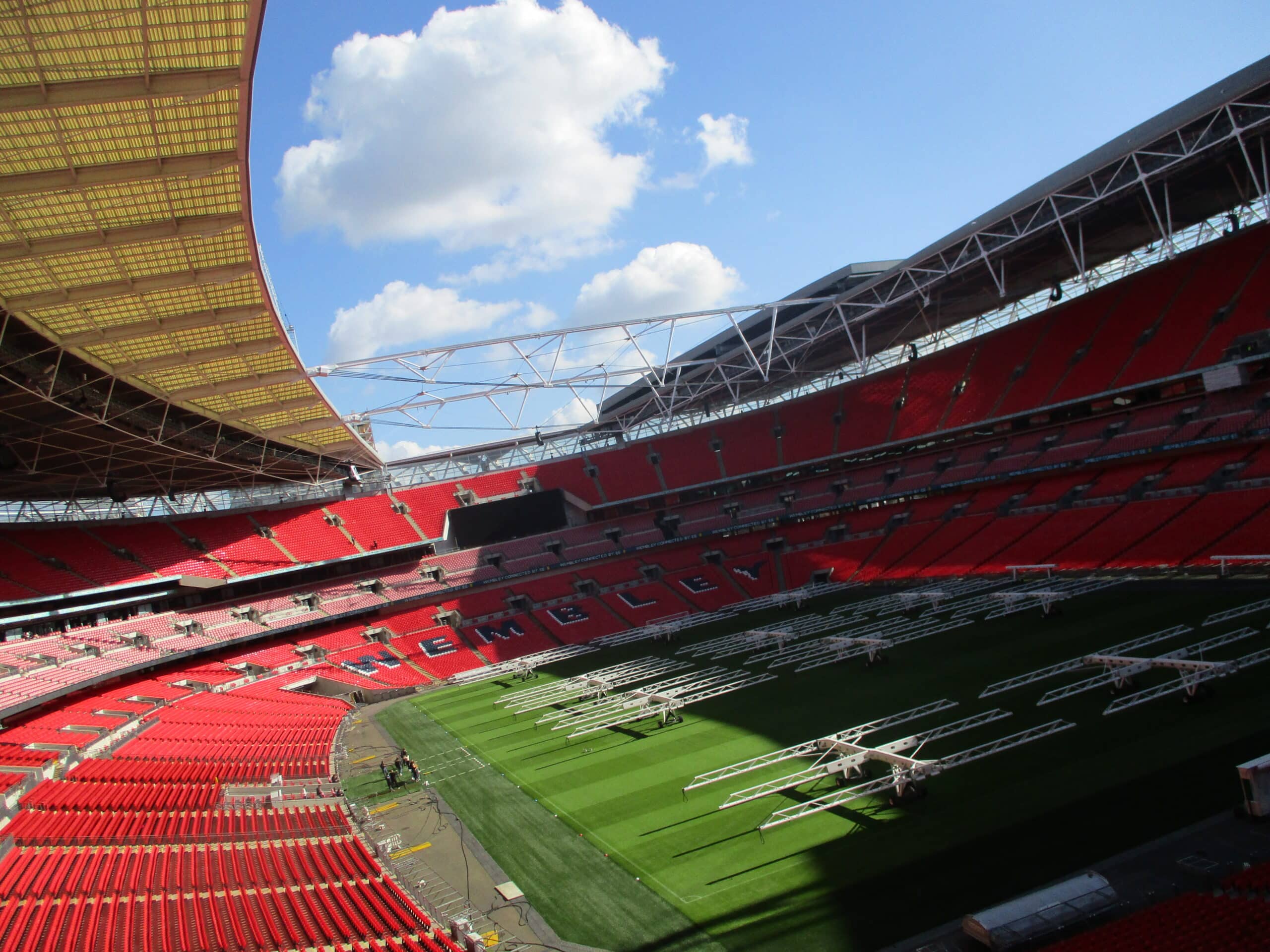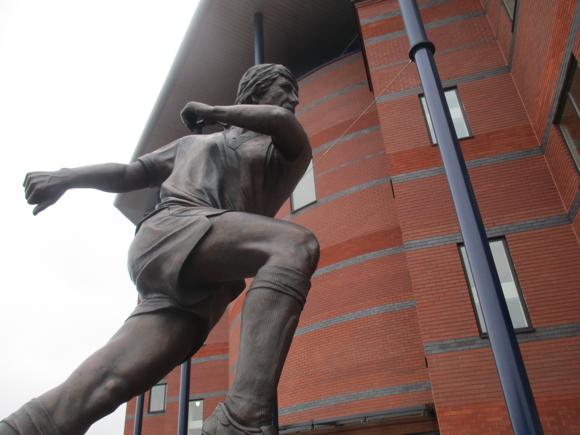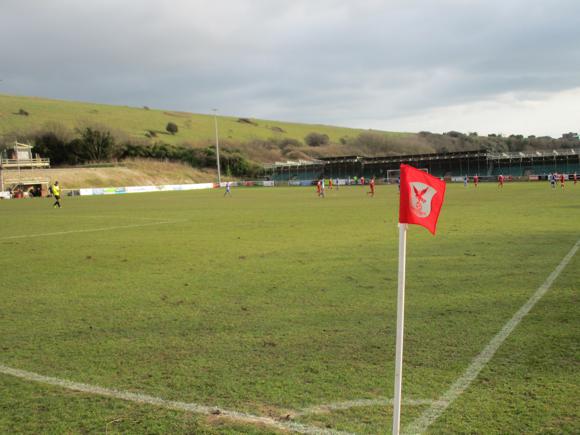A fan’s guide – the club from early doors to today
Modern times have not been kind to Notts County, the world’s oldest professional football club. At the forefront of the developing game in the 19th century, the Magpies have seen near dissolution, relegation from the Football League and ownership struggles in the 21st.
Formed as a gentlemen’s club in 1862 – a year before the Football Association itself – Notts County did not start out as an XI-a-side football team in the conventional sense, rather a collection of like-minded, well-to-do individuals who would meet on an occasional basis to play a ball sport between themselves.
As rules became laid down – just as in nearby Sheffield – so this club could invite other teams for games according to an agreed code.

As Notts County moved from random games in the shadow of Nottingham Castle to arranged fixtures at various pitches around town, so the rules they played by fed into the FA Laws eventually unified with Sheffield’s in 1877. With relatively few amendments since, these provide the basis for the game today.
That same year, the club entered the FA Cup, losing to fellow pioneers Sheffield FC. Founder members of the Football League in 1888, The Magpies were a Second Division side by the time they made a second FA Cup final in 1894. A hat-trick by Scot Jimmy Logan against Bolton ensured that County became the first club from outside the First Division to win the trophy.
Four years later, city rivals Nottingham Forest won the cup as a top-flight club and have overshadowed ever since. County flitted between the First and Second Divisions either side of World War I before relegation in 1926 led to 55 years in lower-league wilderness.
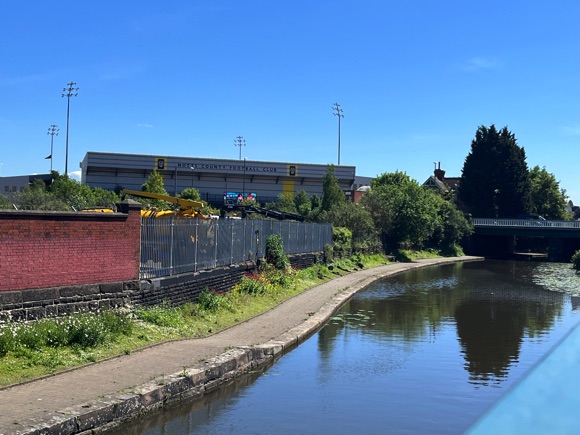
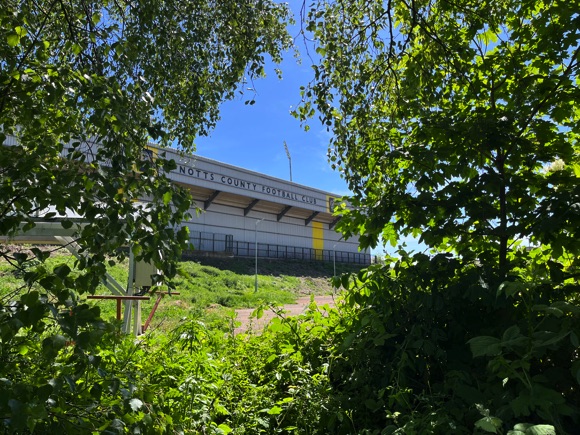



Even with the record signing of England international centre-forward Tommy Lawton after World War II, attracting then record crowds to Meadow Lane, County were only able to leap from the Third to the Second Division.
All changed with the arrival of Jimmy Sirrel in 1969. The idiosyncratic Scot took a team featuring compatriot midfielder Don Masson and prolific striker Les Bradd from Fourth to Second Division in four years. In October 1975, with County fifth in the table and soon to beat Everton for a quarter-final berth in the League Cup, Sirrel shocked Meadow Lane by moving to Sheffield United.
Two years later, Sirrel returned, followed by Masson. County gained a promotion to the First Division then, with Howard Wilkinson as head coach, stayed top flight for three seasons.
Sirrel left Meadow Lane in 1987, a statue later built in his honour and a stand named after him. After slipping back down the league, County recovered under Neil Warnock, winning two Wembley play-offs in succession to return to the First Division in 1991.






Relegated in 1992, County last had a sniff of the Premier League in 1994. Celebrations after a late 2-1 victory over Nottingham Forest in February became muted when The Magpies failed to win in their last six games. After 1995, the club hovered in the third or fourth flight for more than two decades.
Saved from dissolution in 2003 by a group of supporters and local businessmen, County again became the focus of media speculation when convicted fraudster Russell King set up a buy-out deal he claimed had the backing of the Bahraini royal family. Duping former England manager Sven-Göran Eriksson, First London Bank and the leadership of North Korea (!), the man investigation TV show Panorama dubbed ‘The Trillion Dollar Conman’ then disappeared.
While the bank collapsed with debts of nearly £9 million, Lincoln businessman Ray Trew assumed County’s debts of £7 million when he took over in 2010. Despite all the upheaval, County managed five consecutive seasons in League One, bringing in relatively healthy crowds.

Relegated in 2015, the club was put up for sale by Trew in 2016. Along came Alan Hardy, who sold it on, but not before County fell out of the Football League in 2019, breaking an unbeaten run dating back to 1888.
Incoming owners, the Danish Reedtz brothers, Alexander and Christoffer, had made their money in soccer analytics, Football Radar, and had immediate concerns to deal with, like paying the taxman, players and the company who had manufactured the kit for the upcoming season, shirts still sitting in the warehouse.
On the pitch, still under manager Neal Ardley, County sought a quick return to The 92, making the play-off final in 2020 but coming off second-best against Harrogate. A year later, they had to bring in Ian Burchnall, making his first foray as coach in his native England after a decade in Scandinavia, to the play-offs. Holding Torquay to 2-2 after 90 minutes in the one-leg semi-final, County conceded two extra-time goals to face another season in the National League.
The agony continued when Grimsby hit a stoppage-time equaliser and late winner at Meadow Lane to seal a comeback win in the opening round of the play-offs.

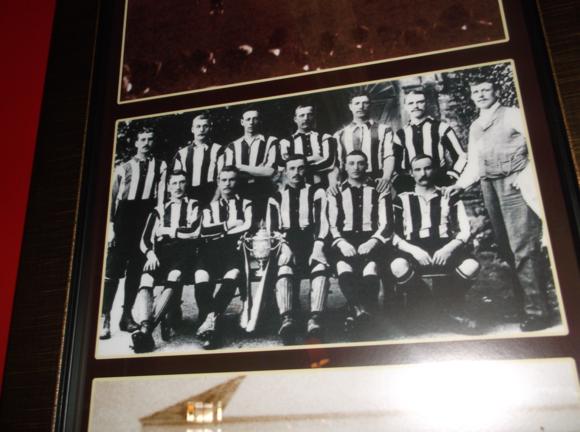


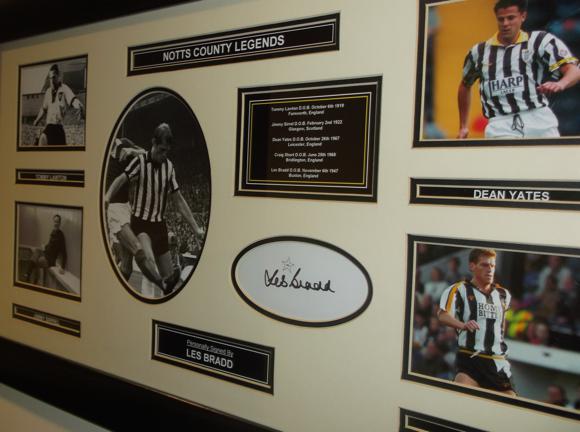

Ground Guide
The field of dreams – and the stands around it
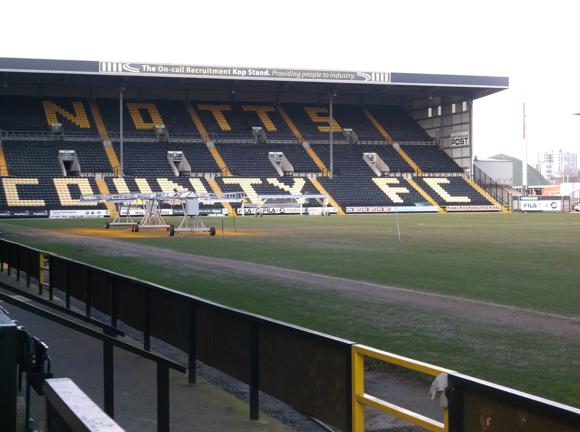


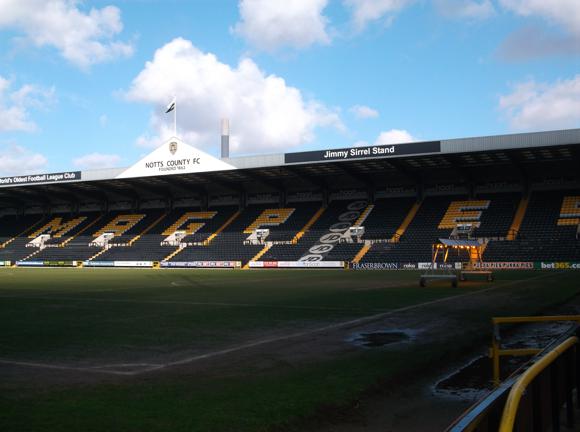

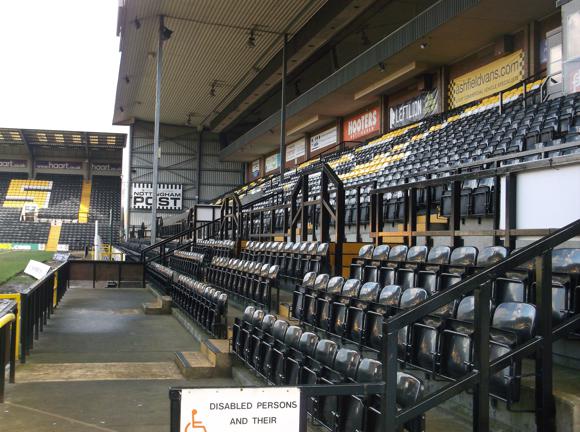


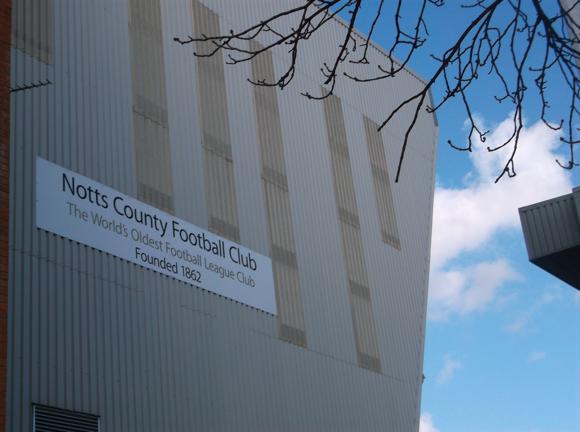
Set on the north bank of the Trent nearest town, Meadow Lane faces Nottingham Forest’s City Ground – and Trent Bridge cricket ground, where the Magpies played before 1910.
Opened with a derby game against Forest, Meadow Lane saw various developments after World War I only to be significantly damaged by bombing in World War II. It wasn’t until after success in the Sirrel era from the late 1970s onwards that serious modernisations were made, mostly in the early 1990s when the legendary Scots manager was honoured by the renaming of the County Road Stand.
Today, still topped by the original gable bearing the iconic date of 1862, it houses away fans, in block Z nearest the Family Stand at one end. Home fans occupy the Kop Stand opposite, accessed from Iremonger Road. The Derek Pavis Stand is the main one, housing VIPs, directors and the press boxes. Capacity is 20,000.
getting there
Going to the ground – tips and timings

Meadow Lane is no more than a 10-15min walk from Nottingham train station. Head for London Road, which forms the bridge over the railtracks then follows the canal south away from the city centre. You’ll soon see the ground to your left.
To head into town after the game, if you’re feeling lazy, several frequent Trentbarton Green Line buses run from Victoria Embankment/Meadows Way on the other side of the waterway, including routes 5, 6, 7, 8 and 9.
The sat nav code for Meadow Lane is NG2 3HJ. There is little parking around the ground – the nearest option are the 55 spaces available (£5) at The Embankment (NG2 2GR), 282-284 Arkwright Street, just over the bridge from the ground. Alternatively, the car park on Queen’s Road at the train station is multi-storey, with 500+ spaces at £5 for the day.
getting in
Buying tickets – when, where, how and how much

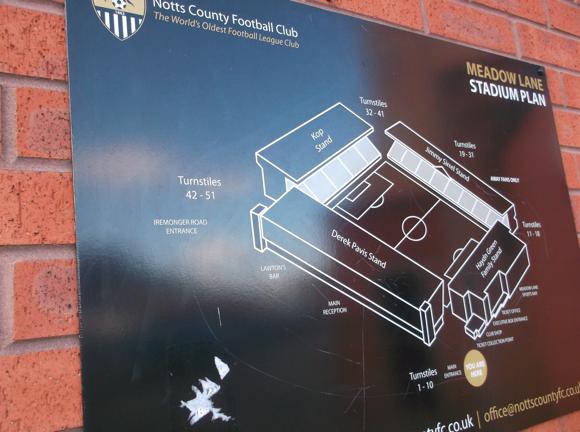



Tickets are sold from the club shop (Mon-Fri 9am-5pm & until 6pm pre-match eve) and ticket office (non-match Sat 9am-1pm, match-day Sat 10am-2pm). Telephone bookings (0115 955 7210) are taken Mon-Fri 9am-5pm, match-day Sat 10am-2pm, non-match day Sat 9am-1pm) and print-at-home online purchases incur a 60p levy. Buying on the day incurs a £2 levy.
Prices are set at an across-the-board £20, over-60s/under-22s £14, under-18s £7, under-16s £5, under-12s £1, under-7s free.
what to buy
Shirts, kits, merchandise and gifts


In the Magpie Store (Mon-Fri 9am-5pm, match-day Sat 9am-kick-off, final whistle-6.15pm, non-match day Sat 9am-1pm) behind the Family Stand, you’ll find items such as cushion covers and T-shirts featuring the iconic date of 1862, and the home kit that inspired Juventus and the current away kit of sky blue.
Where to Drink
Pre-match beers for fans and casual visitors
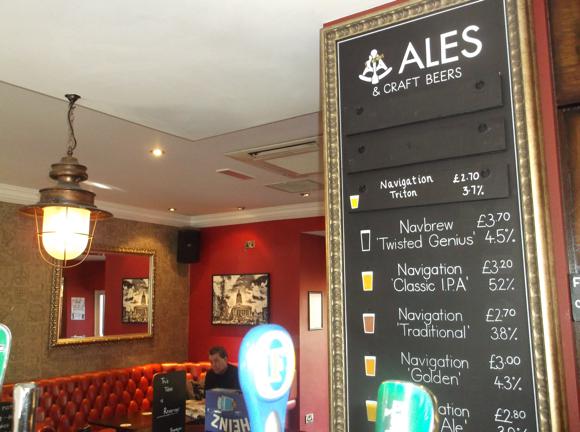



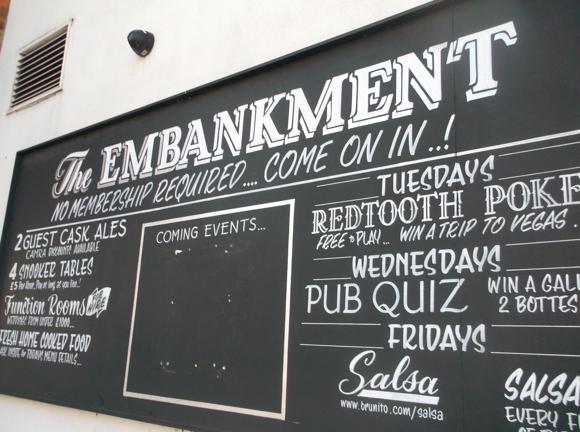
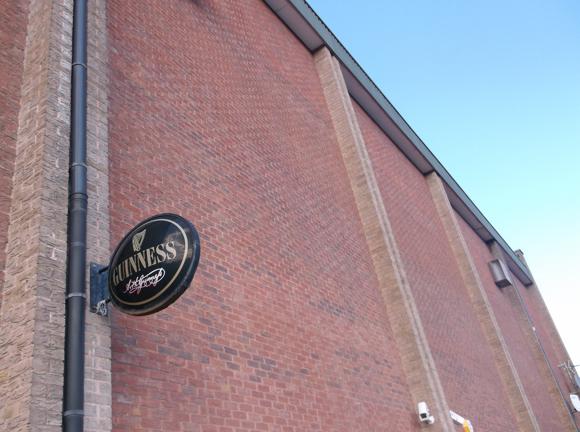

The classic meeting place is the Trent Navigation, historically linked to the canal, a few paces from Meadow Lane and the refitted Navigation Brewery whose beers it showcases. Tastefully done out with imaginative black-and-white photos of Nottingham iconography (including Jimmy Sirrel), the Navigation features a superior pub menu, TV sport almost everywhere you look and regular live music. Busy with home fans on match days, it also welcomes sensible visiting supporters unless it’s a derby game.
On more partisan match days, away fans are probably more comfortably accommodated at the Trent Bridge Inn by the cricket ground, with the odd historic County line-up on display among the memorabilia.
For a quieter craft ale and more gastronomic experience, The Embankment dispenses local Castle Rock beers in a distinctive century-old building. Nearby, the Brewhouse & Kitchen is an easy chain option if you’re with the family.
At the ground, the match-day Broken Wheelbarrow behind the Family Stand is for home fans only.

